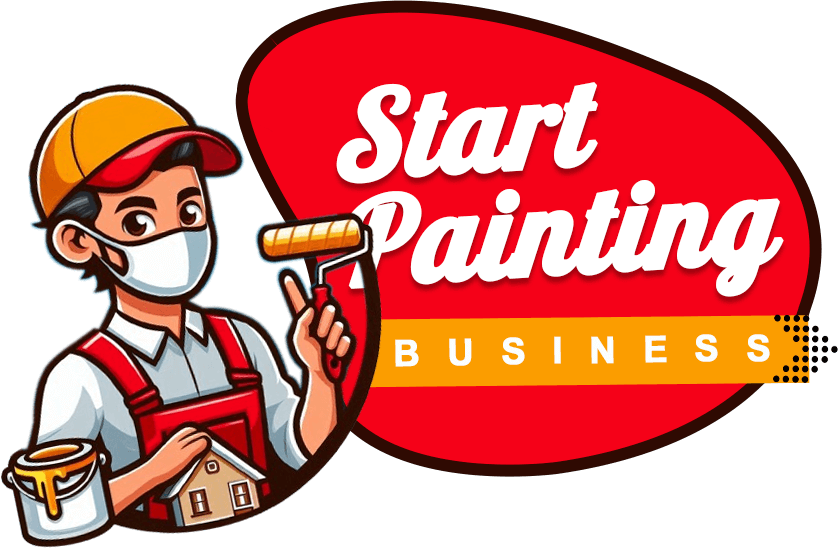A well-crafted business plan is essential for starting and growing a successful painting company. Here’s a step-by-step guide to help you create a comprehensive business plan:
- Business Name: Choose a name that reflects your brand.
- Mission Statement: Define the purpose and goals of your business.
- Services Offered: List the painting services you provide.
- Target Market: Identify your target audience.
- Business Structure: Decide if you’ll operate as a sole proprietorship, partnership, LLC, or corporation.
- Ownership and Management: Outline the ownership structure and management team.
- Location: Specify your business location and service areas.
- Industry Overview: Summarize the painting industry, including trends and growth potential.
- Target Market: Define your ideal customers and their needs.
- Competitive Analysis: Identify your main competitors and analyze their strengths and weaknesses.
- Interior Painting: Residential and commercial interior painting services.
- Exterior Painting: Residential and commercial exterior painting services.
- Specialty Services: Include services like wallpaper removal, deck staining, and faux finishes.
- Branding: Develop a strong brand identity, including a logo and tagline.
- Online Presence: Create a professional website and maintain active social media profiles.
- Advertising: Utilize online ads, direct mail, and local publications to reach potential clients.
- Sales Process: Define your sales process, from initial contact to project completion.
- Startup Costs: List all initial expenses, including tools, equipment, and marketing materials.
- Revenue Projections: Estimate your expected income for the first few years.
- Operating Expenses: Include ongoing costs such as rent, utilities, insurance, and salaries.
- Management Team: Highlight the experience and qualifications of your management team.
- Staffing Plan: Outline your staffing needs and hiring plans.
- Training Programs: Detail any training programs for employees to ensure high-quality work.
- Amount Needed: Specify the amount of funding you need.
- Use of Funds: Explain how you will use the funds to grow your business.
- Repayment Plan: Outline your plan for repaying any loans or investments.
Conclusion
Writing a business plan is a crucial step in starting a painting company. By following this guide, you can create a comprehensive plan that sets you up for success. For more information on writing a business plan for your painting company, schedule a Free Consultation with Ron Morgan.

